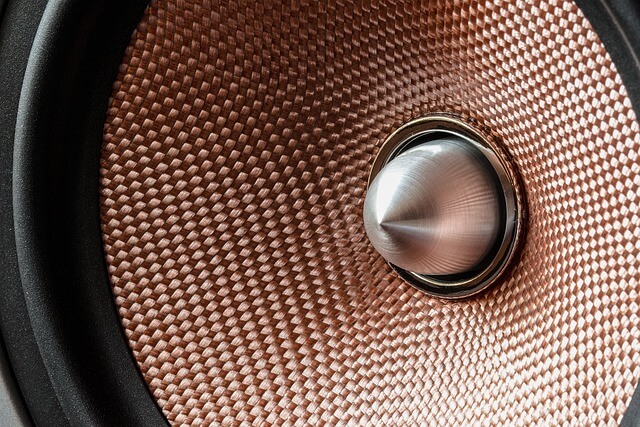From Flat to Full: Transforming Audio Environments with Spacial Mapping
Sound can do more than fill a space, it can shape how that space feels. In the past, many rooms were set up with simple speakers that pushed audio in one direction. This approach worked, but it often felt flat and unbalanced. Today, things are changing. With spacial mapping, sound is no longer tied to a single point. It moves through the room in a way that feels more real, more comfortable, and more human.
Spacial mapping is the process of placing sound in a way that matches the physical space. It allows you to position audio where people expect to hear it, based on where they are and what they’re doing. A voice might sound like it’s coming from the other side of the room, while music can seem to float above or around the listener.
This technique has become a key part of how modern environments are built, especially in places where experience matters. Shops, offices, showrooms, and galleries are using spacial design to make their spaces more engaging. The idea is simple: when sound feels natural, people are more relaxed, focused, and open to what the space offers.
With the help of spacial audio solutions, businesses can now turn plain, echo-heavy rooms into layered environments where sound travels smoothly. It’s not about increasing the volume. Instead, it’s about shaping the direction and quality of each sound so that it matches the space and supports its purpose.

Image Source: Pixabay
In a creative studio, for example, one area might need clear, focused audio for video playback, while another section could benefit from light background music. Spacial mapping allows both needs to be met without overlap or noise problems. Each sound stays in its zone, creating a better working atmosphere.
Retail spaces also use this approach to enhance product displays or set a mood. Imagine walking into a sportswear store and hearing the sound of running footsteps near the shoe section, or upbeat music that rises gently as you move deeper into the shop. These sounds don’t just play, they follow your path, adding energy and intention to the space.
What makes spacial audio solutions stand out is the ability to match sound to behaviour. Instead of filling the entire room with one track, the system responds to how people move and where they spend time. In places like car showrooms, hotels, or lounges, this helps create a sense of flow without being too obvious or loud.
Even in formal settings like boardrooms or training centres, the benefits are clear. Presentations become easier to follow when sound is directed properly. Everyone hears what they need to, no matter where they are sitting. The feeling is smooth, full, and focused, which helps keep attention during longer meetings or talks.
Planning a setup like this takes care. A proper spacial map looks at the size of the room, where people enter, where they pause, and how sound reacts to the surfaces. With this information, speakers are placed in the right spots to get the best result. It’s not just about adding more speakers, it’s about putting them in smarter locations.
Modern systems now offer tools that help control all of this from one place. Settings can be saved, changed, or scheduled depending on the time of day or event type. These updates mean that spaces can stay fresh without needing physical changes.
The value of spacial audio solutions comes not just from better sound, but from better use of space. They help turn dull rooms into dynamic ones. They also support how people interact with a space, guiding them gently through sound.
Flat, basic sound may still work, but in places where detail matters, full sound makes a real difference. Through careful planning and modern tools, audio can now do more than fill the room, it can bring it to life.
Comments